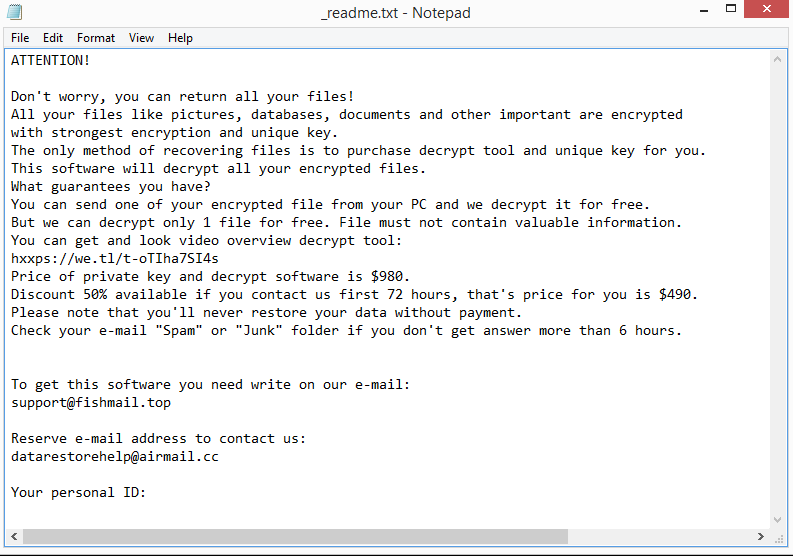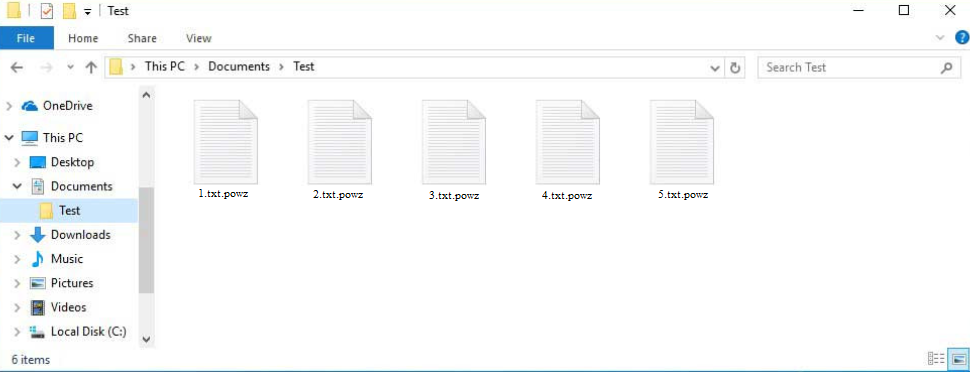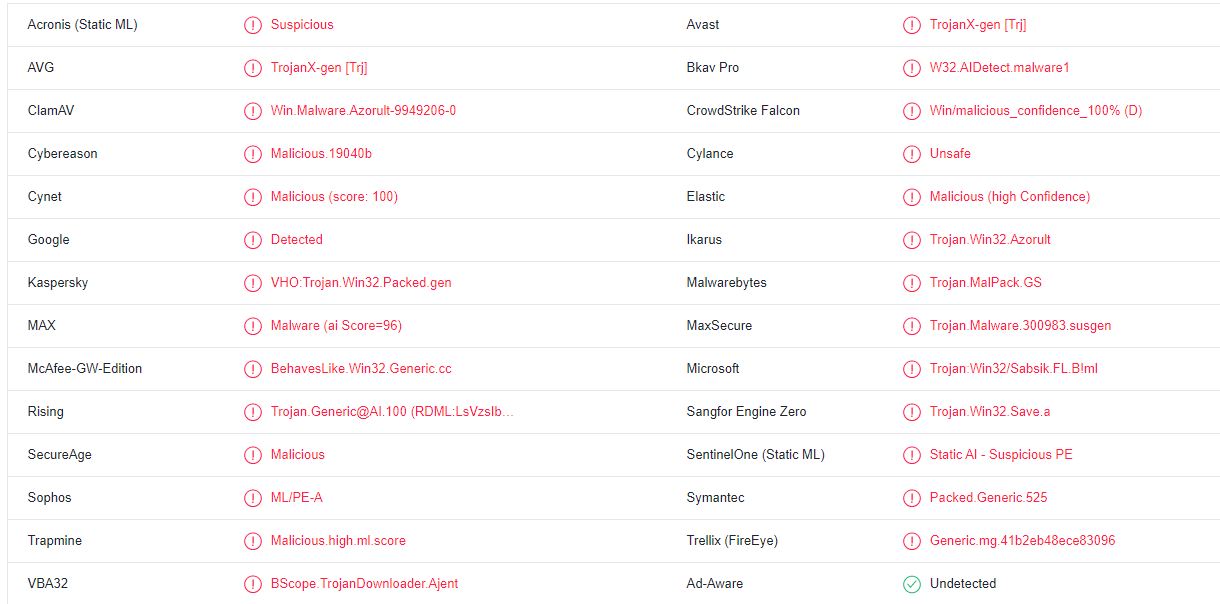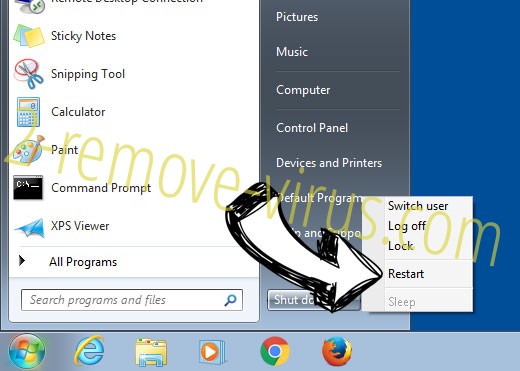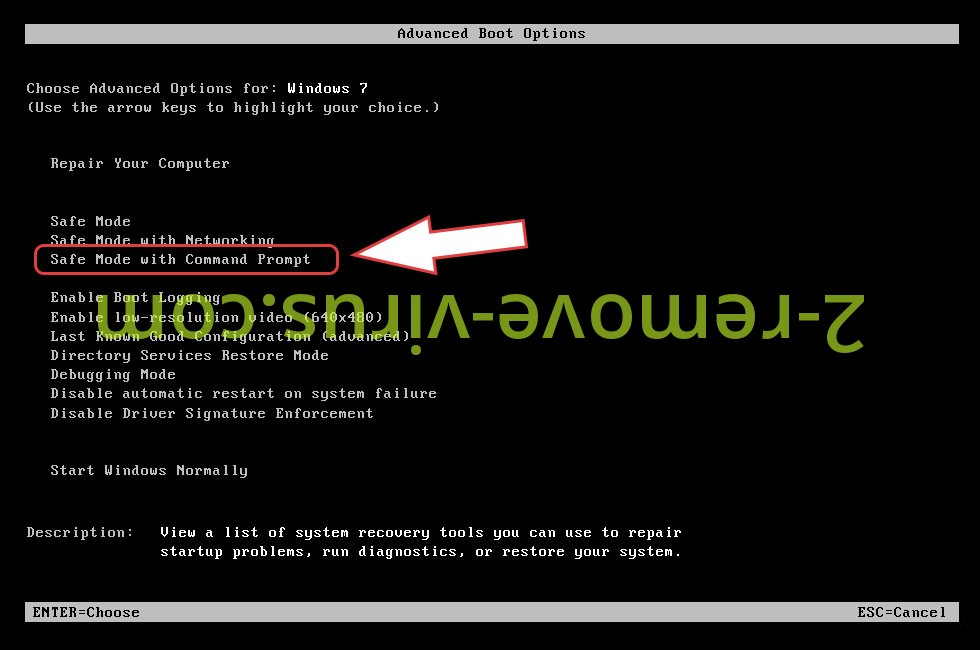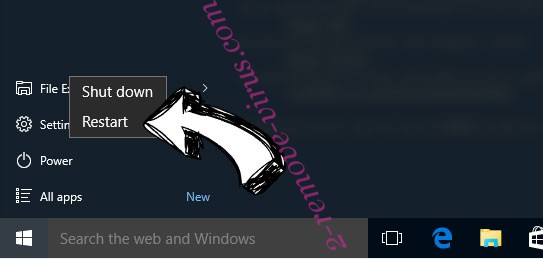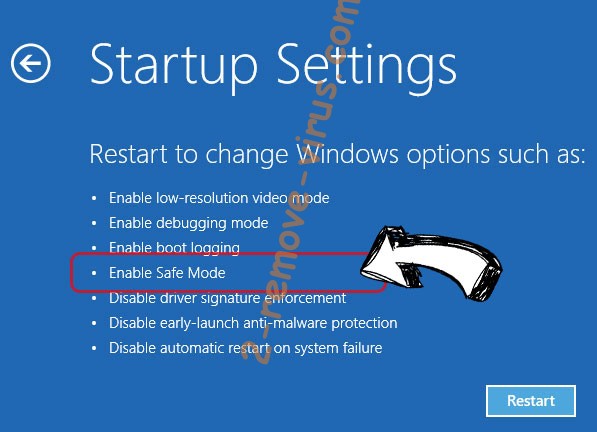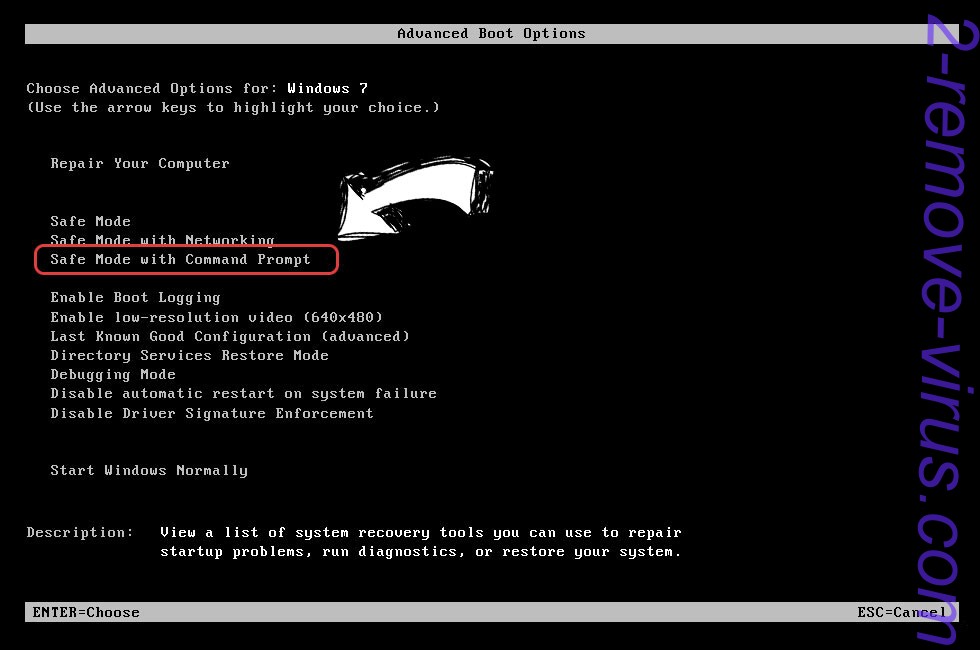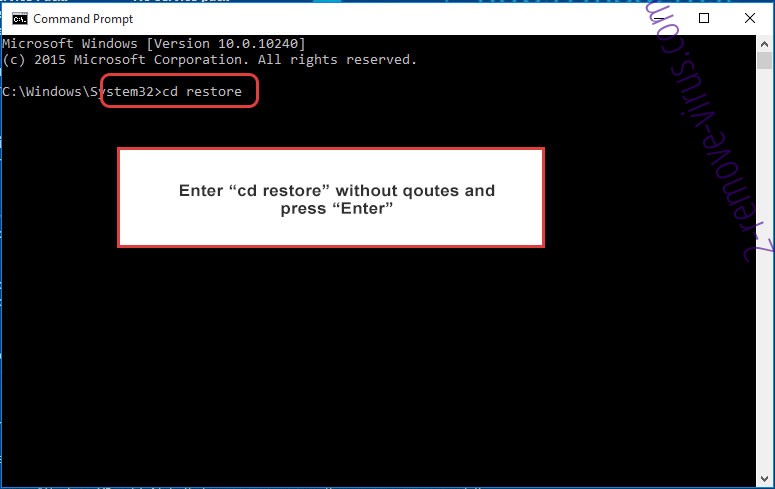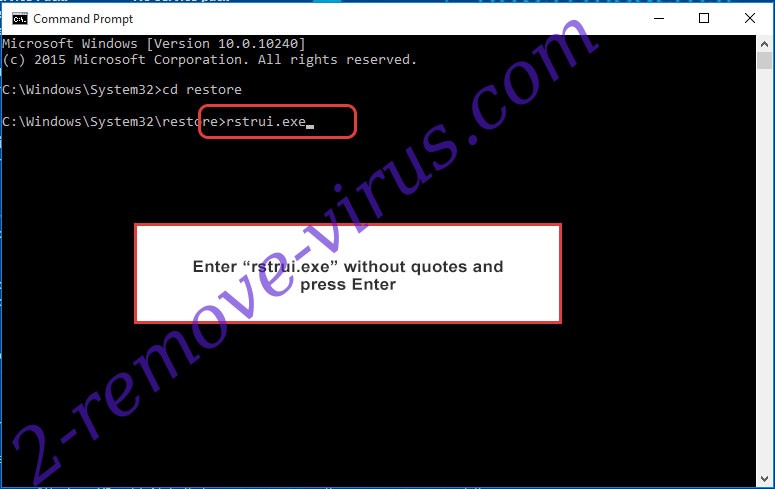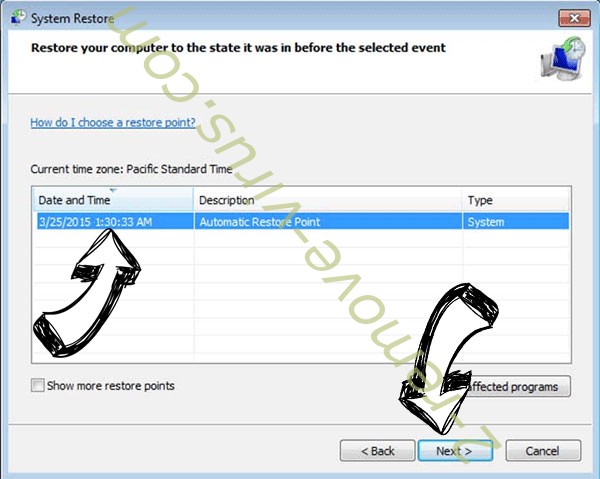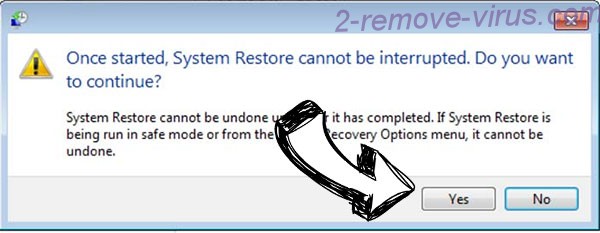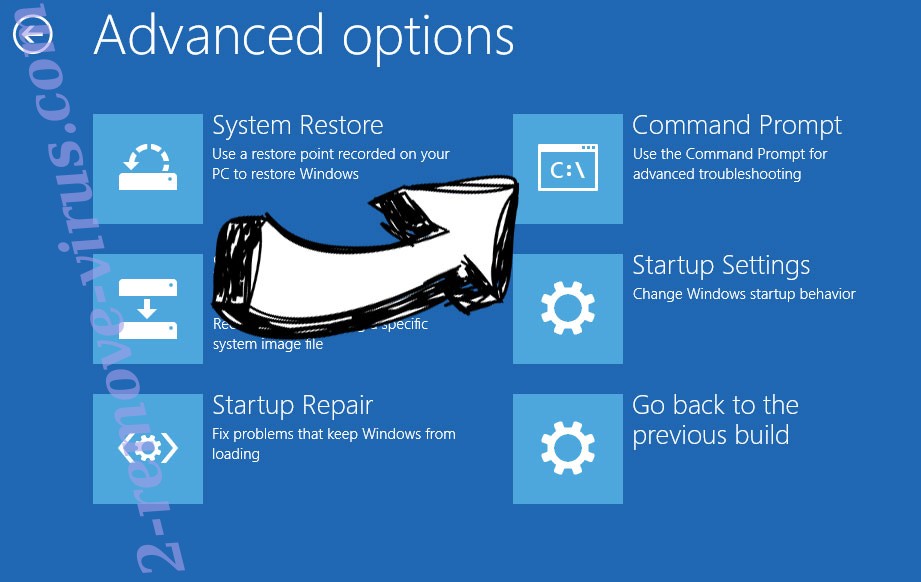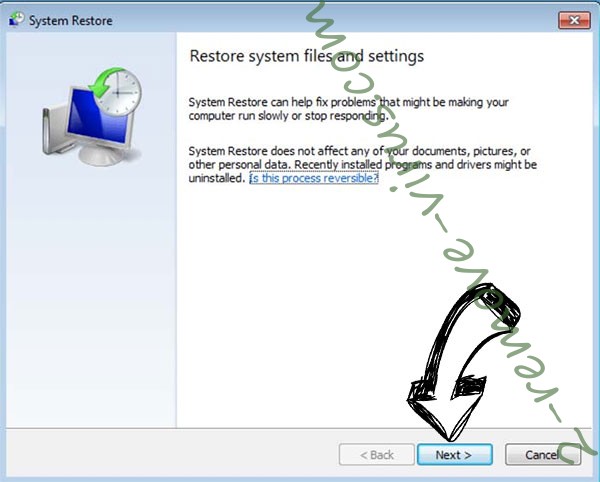Powz ransomware is the most recent version of the Djvu/STOP ransomware. Like all previous versions, Powz ransomware encrypts personal files and demands money in exchange for their decryption. Encrypted files have .powz added to them, hence why this ransomware is known as Powz ransomware. Unless you get a decryptor, you will not be able to open any of the encrypted files. And unfortunately, the only people who have a decryptor are the cybercriminals operating this ransomware. They’ll try to get victims to pay $980 for it.
The malware will begin encrypting files as soon as it is initiated. It primarily targets personal files, including photos, videos, and documents. Which files have been encrypted will be obvious because of the .powz extension. Unfortunately, unless you use a decryptor on them beforehand, you will not be able to open files with this extension. However, obtaining the decryptor won’t be simple given that only the malware operators have it. The _readme.txt ransom note that is dropped in every folder containing encrypted files explains how to purchase it. Ransom notes dropped by versions of this ransomware family are mostly identical, with only the contact email addresses being different.
The decryptor for the Powz ransomware costs $980, as mentioned in the ransom note. Supposedly, victims who make contact with the malware operators within the first 72 hours will receive a 50% discount. However, whether that is actually true is debatable. In general, paying the ransom or even engaging with cybercriminals is not a good idea. Ransomware does not operate like a regular business and its operators cannot be trusted because there are no reassurances that a decryptor will be sent if victims pay the ransom. These cybercriminals are unlikely to feel any kind of obligation to help victims, even if they pay. Furthermore, it’s worth mentioning that the money users pay goes toward future criminal activities. And the only reason ransomware is such a lucrative industry is that victims are willing to pay the ransom.
Unfortunately, there currently is no free Powz ransomware decryptor available for victims without backups. It’s difficult for malware researchers to make a decryptor because ransomware versions from this family use online keys to encrypt files. This means the keys are unique to each user. A decryptor is unlikely to be released unless cybercriminals release the keys. It’s not outside the realm of possibility that those keys may eventually be released, either by the cybercriminals themselves or by law enforcement if they ever manage to apprehend the malicious actors. When searching for decryptors, you need to be very careful because there are many fake or even malicious ones. If you cannot find a free Powz ransomware decryptor on a legitimate site (e.g. NoMoreRansom), you won’t find it anywhere else.
As soon as you remove Powz ransomware from your computer, you can begin restoring your files if you have a backup. It is highly recommended to use a good anti-malware program because this type of infection is quite sophisticated and needs to be removed using professional tools. And if you don’t have a habit of backing up files regularly, we suggest you start now. Having backups can save you a lot of trouble in the future, especially if you encounter ransomware again.
Ransomware distribution methods
Like the majority of malware, ransomware spreads through means like torrents and email attachments. Users with bad online habits are far more likely to infect their computers with malware. Changing bad habits can help avoid a lot of malware in the future.
Cybercriminals’ preferred way of spreading malware is via email attachments. For their malicious email campaigns, cybercriminals buy thousands of email addresses from hacker forums. Users expose their systems to malware when they open those malicious email attachments. Most of the time, these malicious emails are easy to identify because they’re very low-effort. They are first and foremost full of spelling and grammar mistakes. Malicious senders frequently pose as representatives of legitimate businesses, so the mistakes are very noticeable. Legitimate emails rarely contain mistakes because they make the email look unprofessional.
Generic words like “User”, “Member”, and “Customer” used instead of your name in emails supposedly sent by businesses whose services you use are another sign that an email may be malicious. Businesses always address users by name when emailing customers. However, because they don’t have users’ personal information, malicious actors have to use generic words.
When malicious actors have users’ personal information, their emails might be considerably more sophisticated. Such emails would address recipients by name, be error-free, and include details that would give the email more credibility. Therefore, it is highly advised to scan all unsolicited email attachments with anti-virus software or VirusTotal before opening them.
Malware is frequently distributed using torrents. Because torrent sites are usually poorly moderated, cybercriminals are able to post torrents with malware in them. Users that use torrents have a greater risk of infecting their computers with some kind of malware. The types of torrents that contain malware are those that are for entertainment-related content (movies, TV shows, and video games). We strongly recommend against torrenting copyrighted content. Not only is it effectively theft, but it also puts your computer and data in danger.
Powz ransomware removal
Users are highly recommended to use anti-virus software to delete Powz ransomware. Given how complicated this malware infection is, a professional program should be used to remove it. You risk damaging your computer if you attempt to manually remove Powz ransomware. You can start restoring files from your backup after the anti-virus has finished completely removing the ransomware.
The free Djvu/STOP ransomware decryptor from Emsisoft is worth a try if you don’t have a backup of your files. Although it’s unlikely to work, it is still worth a shot. Your only choice is to wait for a free Powz ransomware decryptor to be released if it doesn’t work. If it does become available, you would be able to find it on NoMoreRansom.
Powz ransomware is detected as:
- VHO:Trojan.Win32.Packed.gen by Kaspersky
- Trojan.MalPack.GS by Malwarebytes
- Trojan:Win32/Sabsik.FL.B!ml by Microsoft
Quick Menu
Step 1. Delete Powz ransomware using Safe Mode with Networking.
Remove Powz ransomware from Windows 7/Windows Vista/Windows XP
- Click on Start and select Shutdown.
- Choose Restart and click OK.

- Start tapping F8 when your PC starts loading.
- Under Advanced Boot Options, choose Safe Mode with Networking.

- Open your browser and download the anti-malware utility.
- Use the utility to remove Powz ransomware
Remove Powz ransomware from Windows 8/Windows 10
- On the Windows login screen, press the Power button.
- Tap and hold Shift and select Restart.

- Go to Troubleshoot → Advanced options → Start Settings.
- Choose Enable Safe Mode or Safe Mode with Networking under Startup Settings.

- Click Restart.
- Open your web browser and download the malware remover.
- Use the software to delete Powz ransomware
Step 2. Restore Your Files using System Restore
Delete Powz ransomware from Windows 7/Windows Vista/Windows XP
- Click Start and choose Shutdown.
- Select Restart and OK

- When your PC starts loading, press F8 repeatedly to open Advanced Boot Options
- Choose Command Prompt from the list.

- Type in cd restore and tap Enter.

- Type in rstrui.exe and press Enter.

- Click Next in the new window and select the restore point prior to the infection.

- Click Next again and click Yes to begin the system restore.

Delete Powz ransomware from Windows 8/Windows 10
- Click the Power button on the Windows login screen.
- Press and hold Shift and click Restart.

- Choose Troubleshoot and go to Advanced options.
- Select Command Prompt and click Restart.

- In Command Prompt, input cd restore and tap Enter.

- Type in rstrui.exe and tap Enter again.

- Click Next in the new System Restore window.

- Choose the restore point prior to the infection.

- Click Next and then click Yes to restore your system.

Offers
Download Removal Toolto scan for Powz ransomwareUse our recommended removal tool to scan for Powz ransomware. Trial version of provides detection of computer threats like Powz ransomware and assists in its removal for FREE. You can delete detected registry entries, files and processes yourself or purchase a full version.
More information about SpyWarrior and Uninstall Instructions. Please review SpyWarrior EULA and Privacy Policy. SpyWarrior scanner is free. If it detects a malware, purchase its full version to remove it.

WiperSoft Review Details WiperSoft (www.wipersoft.com) is a security tool that provides real-time security from potential threats. Nowadays, many users tend to download free software from the Intern ...
Download|more


Is MacKeeper a virus? MacKeeper is not a virus, nor is it a scam. While there are various opinions about the program on the Internet, a lot of the people who so notoriously hate the program have neve ...
Download|more


While the creators of MalwareBytes anti-malware have not been in this business for long time, they make up for it with their enthusiastic approach. Statistic from such websites like CNET shows that th ...
Download|more
Site Disclaimer
2-remove-virus.com is not sponsored, owned, affiliated, or linked to malware developers or distributors that are referenced in this article. The article does not promote or endorse any type of malware. We aim at providing useful information that will help computer users to detect and eliminate the unwanted malicious programs from their computers. This can be done manually by following the instructions presented in the article or automatically by implementing the suggested anti-malware tools.
The article is only meant to be used for educational purposes. If you follow the instructions given in the article, you agree to be contracted by the disclaimer. We do not guarantee that the artcile will present you with a solution that removes the malign threats completely. Malware changes constantly, which is why, in some cases, it may be difficult to clean the computer fully by using only the manual removal instructions.
